On June 1, Vancouver’s largest commercial buildings — over 100,000 square feet in area, such as 10-storey office towers, shopping malls and institutional buildings — must start reporting their greenhouse gas (GHG) emissions to the city.
On June 1, 2025, commercial buildings 50,000 to100,000 square feet in area, and multi-family residential buildings over 100,000 square feet (about 20 storeys), must start reporting.
Next up, on June 1, 2026, are residential buildings 50,000 to 100,000 square feet in area, including hotels and dormitories.
Reporting will be followed by mandatory action.
In 2026 a cap on emissions will limit office buildings to 25 kilograms of carbon per square foot per year; retail operations will max out at 14 kilograms.
The requirements are part of the city’s campaign to curb building emissions by 50 per cent by 2030 and by100 per cent by 2050.
A little over one-half of emissions in Vancouver come from buildings and most of those emissions are caused by burning fossil fuels for heat.
The largest buildings are going first because collectively they’re the single largest source of GHGs in Vancouver, says Micah Lang, team lead for large existing buildings in the sustainability group in the city of Vancouver.
“Most of them are owned by large companies with the ability to take action against GHG emissions,” says Lang.
Building owners and managers can file their spreadsheet reports by using Energy Star Portfolio Manager, an interactive resource management software tool.
“The Building Owners and Managers Association endorses the program,” says Lang. “Other North American cities, such as New York and Boston, have successfully had similar reporting programs.”
Morgan McDonald, director of corporate sustainability in the Vancouver office of Ledcor, doesn’t think meeting the requirements will be technically difficult.
“Some people might complain about the operating costs, but you can keep costs down by looking at the long-term and thinking of ways to reduce them,” says McDonald.
Scott Kennedy, an engineer and principal of Cornerstone Architecture, says to meet the city’s requirements, building owners should eliminate gas-fired heating equipment and replace it with electrical hardware.
“For maximum efficiency, get a heat pump, which moves heat but doesn’t create any,” says Kennedy. “On the West Coast, heat pumps are very efficient, and even where the winters are cold heat pumps still work well.”
As they are switching, owners need to ensure their buildings have enough electrical capacity.
“Do some research and plan ahead,” says Kennedy. “And remember that new buildings need to have electrical car chargers.”
Like Kennedy, Neil Norris, an engineer and building science specialist at RDH Building Science Inc., says the easiest way to meet the emission targets is to switch to electrical heating systems from natural gas.
“This is nothing revolutionary and not a major shift in building design per se, because many buildings already have electric baseboard heating,” says Norris.
The restrictions will, however, remind developers they need to write up their pro formas for the city, “especially if they are used to specifying natural gas boilers and fireplaces to serve most of a building’s mechanical needs.”
What makes the reporting requirements unique, he says, is the city asking to track greenhouse gas emissions in existing buildings.
“The new bylaw is the first that I know of in Canada that will regulate energy and emissions in buildings that are already in operation,” says Norris.
Because the city is initially requiring only reporting of emissions, the onus is on the building owner, not designers or contractors, to comply.
“However, starting in 2026, large commercial buildings over 100,000 square feet will be required to stay under an operational emissions limit,” he says. “Otherwise they might have to pay a large carbon operating permit fee for every ton of emissions over the limit.”
Norris says this should make the owners of older commercial buildings start to think seriously about building upgrades if they want to avoid shelling out to pay for GHG emissions.
“In new construction, the challenges will come from understanding the interplay between capital costs and long-term operational costs,” says Norris.
“Existing buildings, on the other hand, should ensure their electrical infrastructure is robust enough to handle any switch from gas to electric. Many buildings might not be able to handle increased electrical usage and could require a costly upgrade.”
Norris says owners of buildings that need such renovations as new windows or wall systems should co-ordinate the switch from gas to electric to reduce electrical demand and reduce the need for further electrical upgrades.
“The biggest challenge will be to prioritize all of a building’s needs,” says Norris.
For more information about Vancouver’s GHG emissions requirements, click here.


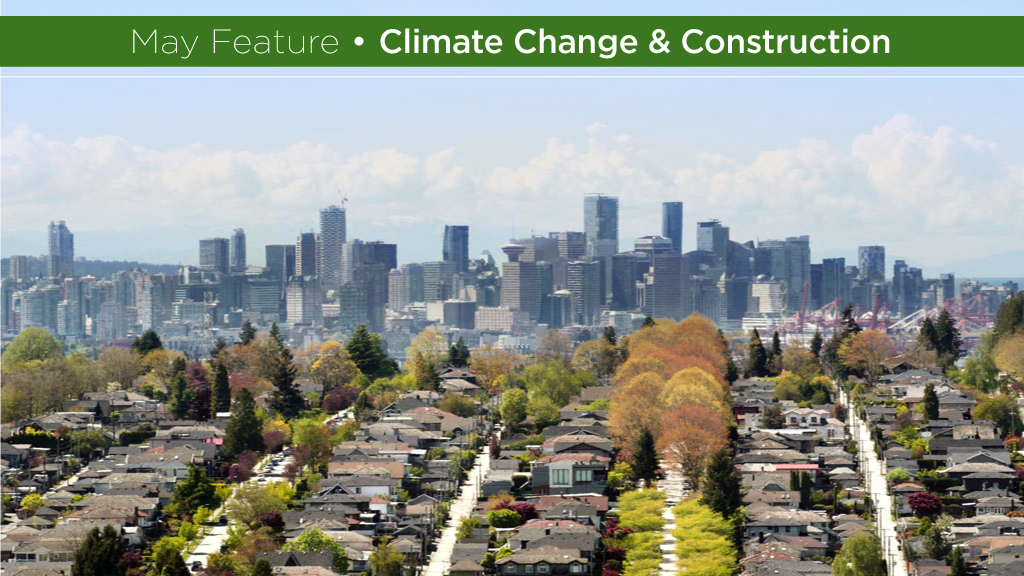

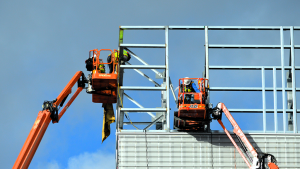
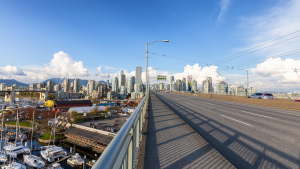
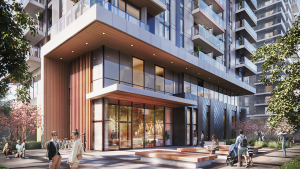


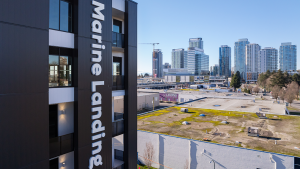
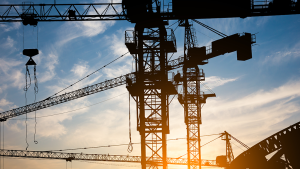
Recent Comments
comments for this post are closed